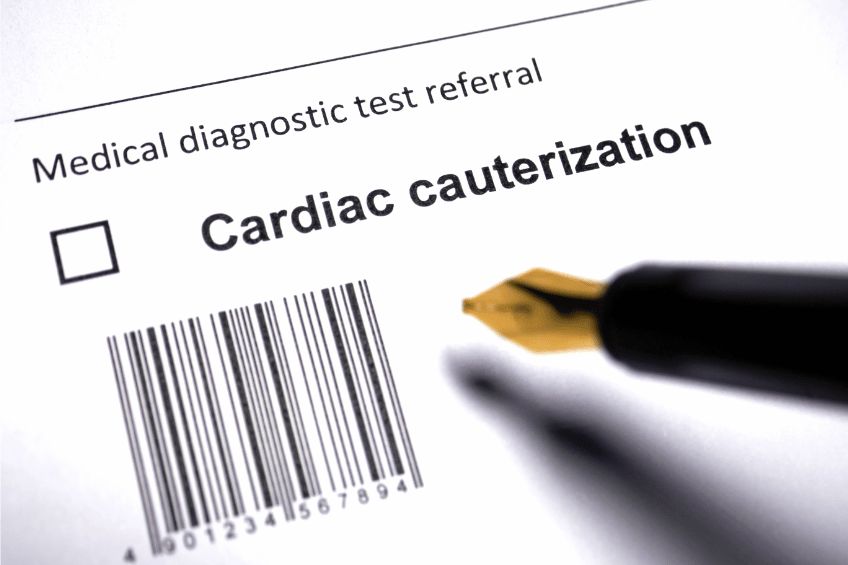Overview
Cardiac catheterization is a medical exploration method used to perform a variety of tests and procedures. It is usually used in conjunction with other tests, such as angiography. It is an invasive procedure that involves the insertion of a thin, flexible tube called a catheter into the peripheral arteries or veins to the heart chambers, pulmonary and coronary arteries to diagnose and assess the severity of most heart diseases.
What is Cardiac Catheterization?
Cardiac catheterization is an invasive examination carried out under general anesthesia, which allows the proper functioning of the heart to be observed and monitored from the inside.
Cardiac catheterization can be used to carry out various examinations such as:
- Checking that the heart valves are working properly;
- Measuring the pressure or blood flow at different points in the heart;
- Checking the blood vessels (coronary and peripheral arteries). This is called a coronary angiography;
- Taking cell samples;
- Determining whether or not open-heart surgery is necessary.
In addition, this method can be used for therapeutic purposes, in particular for:
- Treatment or repair of heart defects;
- To dilate a stenotic valve;
- To unblock an artery or a transplanted heart.
